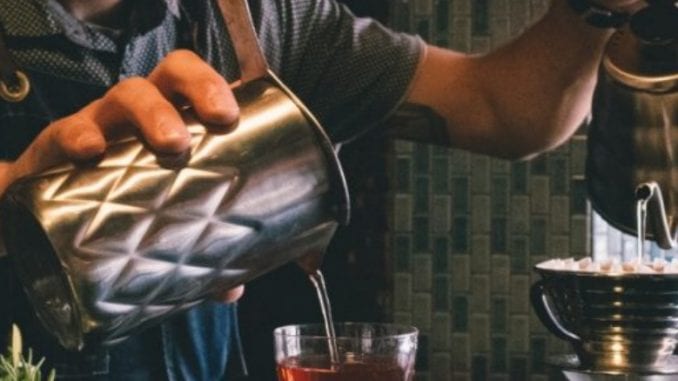
Our multi-part article “Life Behind Bars” examines the canon of coffee and cocktail service, where the two intersect, and what both fields can learn from each other—from quality of craft to hospitality and context.
BY KAY CHEON
SPECIAL TO BARISTA MAGAZINE
Cover photo by Kay Cheon
In this installment of our “Life Behind Bars” series, Amanda Whitt—formerly of New York City’s Everyman Espresso and Amor y Amargo’s Double Buzz program—sheds light on where the specialty-coffee and craft-cocktail worlds intersect and differ. (Read the first installment of “Life Behind Bars” here.)
Amanda Whitt is one of those food-and-beverage professionals who manages to excel in several challenging fields while constantly evolving and developing new skill sets. Having worked in coffee since she was 16, Amanda has a long history with several impressive and noteworthy establishments. As a Brewers Cup competitor with Everyman Espresso, Amanda also worked to develop coffee cocktails for Everyman’s menu. At New York City’s Amor y Amargo, she worked alongside Natalie Czech and Sother Teague to head up the Double Buzz program, a coffee cocktail service run out of the famous bar. Working with Atla, Enrique Olvera’s restaurant concept, Amanda also developed coffee service in a restaurant capacity. She currently works as a brand ambassador for Tamworth Distilling and Prize Fight Whiskey.
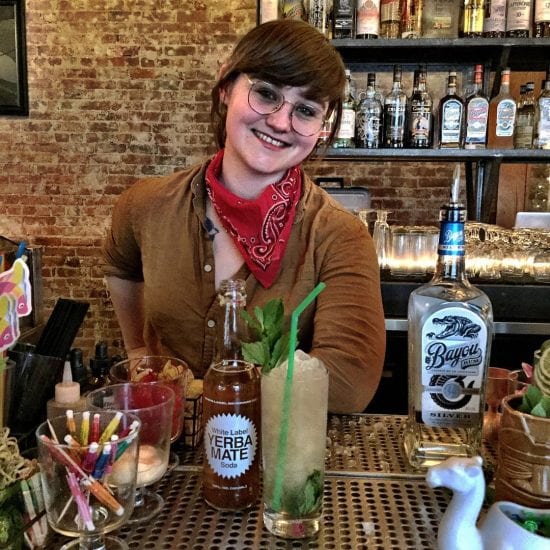
Amanda is an advocate for elevated service in all environments, and she isn’t content to allow “restaurant coffee” to be the neglected element that it is. Drawing from her time working in different fields and positions, she says, “It is still an embarrassment to [coffee’s] place in the overall food-and-beverage industry with regards to how restaurants will source from farmers markets and craft distillers and run ice programs, but will still make coffee with pods or Nespresso.”
One wonders whether it is the perceived lack of demand for coffee in restaurants, or the perceived impossibility of being served outstanding coffee in these settings, that keeps coffee service in restaurants down. However, Amanda notes that several restaurants are doing admirable things with coffee, including Danny Meyer’s Union Square Hospitality Group. Specifically citing the restaurants Marta and Maialino, Amanda warmly regards Marta’s back-of-house coffee service, with drinks run by servers, as well as Maialino’s dedicated baristas stations. USHG’s investment earlier this year in Joe Coffee, a longstanding New York roaster, showcases the restaurant group’s attention to pushing coffee’s boundaries within the context of food service and restaurant service.
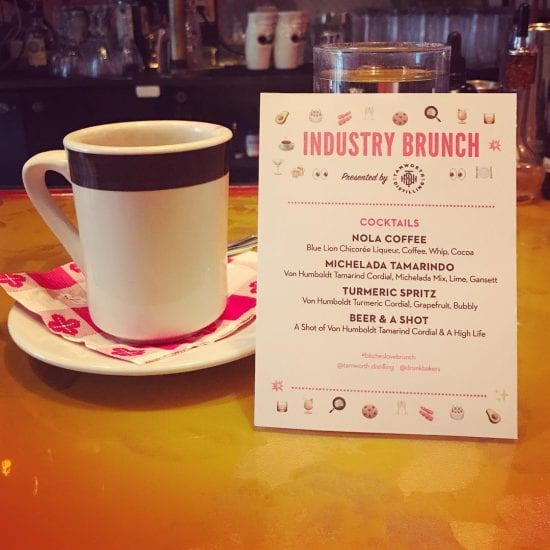
At the same time, there are scenarios where coffee finds new life in bars or restaurants to create something so much greater than the sum of the two parts. Amor y Amargo, known for its selection of bitter liquors and spirits, served as the ideal venue for Amanda to experiment and introduce coffee as more than the traditionally bitter generic flavor profile or otherwise ignored ingredient in cocktails.
Amanda notes with excitement the variety of flavor that coffee—which she most commonly prepares in this setting via a flash-brew pourover—has to pair with alcohol, including aquavit and coffees from Yirgacheffe, Ethiopia, washed Central American coffees and pineapple, and sweet vermouth and iced coffee. “Coffee is fun to teach to bartenders because they think of it as one tool, and baristas know that there is this entire world of flavors to play with,” she says. “It’s amazing.”
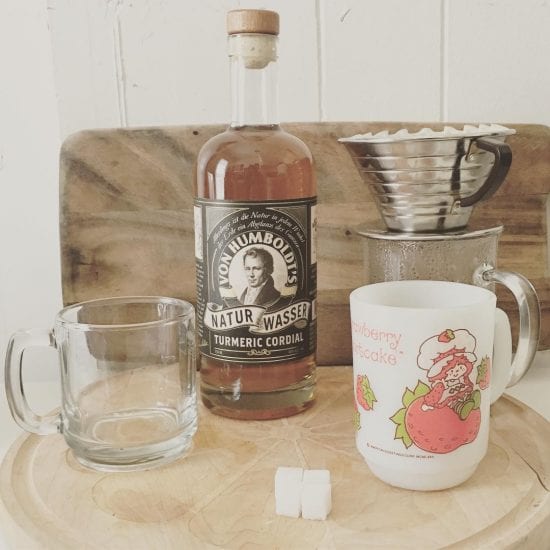
Amanda’s time with Atla saw her being able to once again draw on the infrastructure and resources offered by a full kitchen and a restaurant, from simply being able to use the kitchen to prepare house-made dairy alternatives to creating coffee cocktails like a mezcal Irish coffee riff. Quick to mention the importance of good coffee before attempting to merge the two, Amanda says, “In order to have great coffee turned into great coffee cocktails, we need to have great coffee where the tools and skilled bartenders are, and that part is proving a challenge.” Perhaps reminded of her time helping Everyman barista competitors Sam Lewontin and Corey Reilly-Davis, Amanda adds, “Baristas can come up with amazing coffee cocktails as well, but they will simply be shaped differently.”
The signature beverage course and development for competition became a tool to present the concept of competition to Everyman’s guests, as well as to develop trust in different flavors and explore new ideas of coffee tasting. Trust begins with consistency in training and execution, from things as simple as shaking and stirring drinks, to getting a consistently tasty cappuccino from barista to barista. It is this trust that becomes the cornerstone of lower-volume, more expensive tasting experiences—both in the context of a coffee or cocktail bar versus a dive bar or diner café.
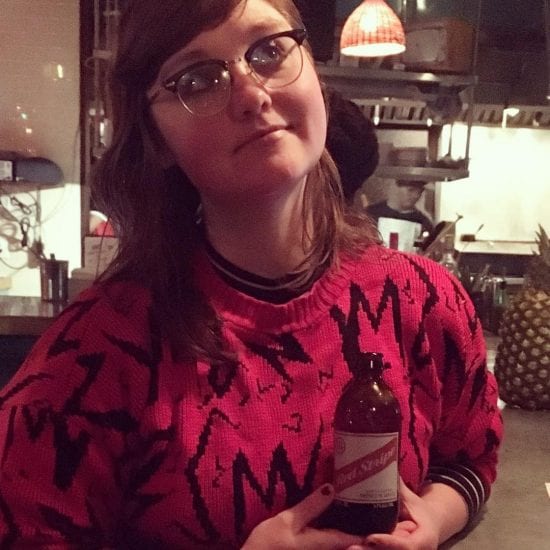
Regarding coffee taking cues from cocktail service or bars, Amanda mentions hurdles including the unwillingness of customers to tolerate deviation from their usual ordering routine, or even a change in menus (not to mention taking away overhead menus entirely, as Everyman did). “Training staff to understand their place in this great service flow is also paramount,” she says.
Amanda also takes the time to describe how her interdisciplinary training has helped her behind both bars, as well as professionally outside of the service environment. Behind the bar, Amanda mentions having to “learn how to pace my interactions with guests and think non-linearly about my beverage preparation, which I have since extended into all of my methods of preparing liquids from both an espresso machine to a mixing glass. The best and worst part about bartending after being a barista is there is a lot more dead time spent in front of people, including having to learn how to entertain them, and hopefully be a little charming. It is extremely intimidating!”
In the next installment of “Life Behind Bars,” we’ll examine service and hospitality in cafés and bars, and how one can learn from the other.
 ABOUT THE AUTHOR
ABOUT THE AUTHOR
Kay Cheon works as a coffee educator and bartender in Santa Barbara, Calif., where he is privileged enough to share what little knowledge he has with the people around him, taste good things, and work on bettering service alongside them. His current favorite drinks are tasty batch-brewed coffee and shaken bittersweet cocktails.

